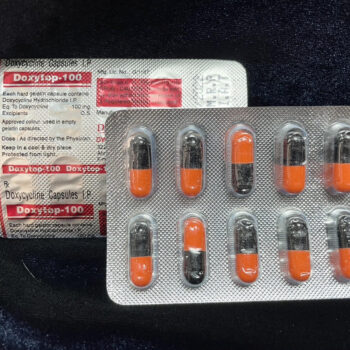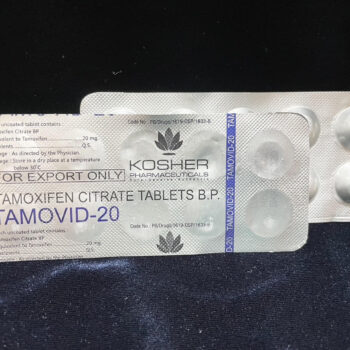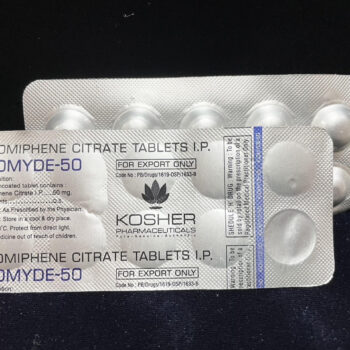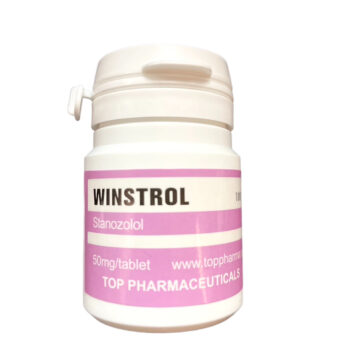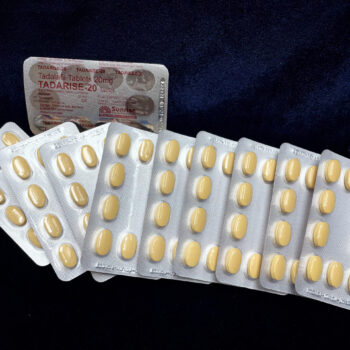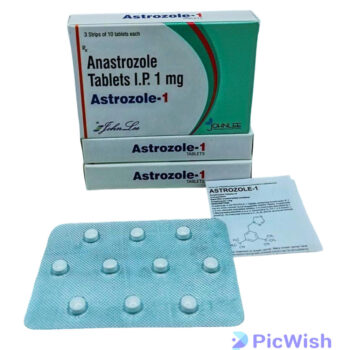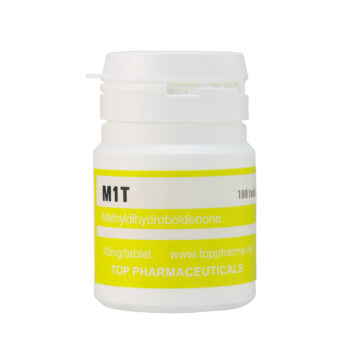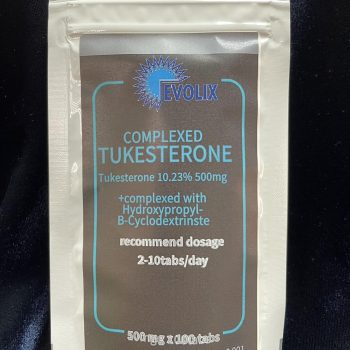Dyazide ((Hydrochlorothiazide 25mg + Triamterene37.5mg) x 100tabs
Hydrochlorothiazide 25 mg + Triterene 37.5 mg/tablet constitutes the drug marketed under the name diazide. It is a potassium-sparing diuretic used in combination with thiazide diuretics for edema and hypertension. Medically, it prevents excessive absorption of salt and prevents potassium levels from getting too low.
Table of contents
1 diazide diuretics
2Medical applications
3 How it works
4 half-life
5 medical patient
6 bodybuilders and dosage
7 side effects
Diazide-like diuretics were first discovered by Merck and Co. in the 1950s and are the most affordable antihypertensive drugs available. They are highly effective in lowering both systolic and diastolic blood pressure. Also, after chronic use, thiazide causes a drop in blood pressure by lowering peripheral resistance.
Dyazide is also great for kidney stones. Dyazide reduces urinary calcium excretion and helps prevent calcium-containing kidney stones.
The two main purposes for using Dyazide are hypertension (hypertension) and edema. Edema, Greek for “swelling,” is the abnormal accumulation of fluid in the interstitium under the skin and in body cavities. The main cause of edema is salt retention, which retains excess water in the body. Low levels of albumin in the blood can also contribute to fluid retention in certain liver and kidney diseases.
Usage
Diazides work by blocking the reabsorption of sodium and water in the kidneys. It reduces sodium and water in the body. The kidneys try to reabsorb more sodium and water to make up for the elevated sodium and water loss in the renal tubules that is lost as urine. This is done by putting it into the tubules in exchange for . This lowers blood potassium levels.
Triterenes are diuretics that prevent sodium reabsorption in exchange for potassium, which reduces sodium and water in the body. It also prevents potassium depletion. For this reason, triterenes are called potassium-sparing diuretics. The combination of hydrochlorothiazide and triamterene, which make up the diazide, removes sodium and water from the body without losing potassium.
half-life
Dyazide has a stated half-life of only 1-2 hours, with an active metabolite of 3 hours. However, it is important to remember that half-life does not mean how long the drug will work in the body. Therefore, the effect lasts up to 8 hours with a peak effect of 3 hours.
Dosage for Medical Patients
Dyazide is available in oral-only form.
For patients with hypertension and edema, treatment may range from 62.5 mg once in the morning with meals, up to 125 mg per day. It is not recommended to be taken later in the day as the patient may need to wake up in the middle of the night to urinate frequently.
bodybuilder and dosage
Dyazide is used by bodybuilders and athletes prior to competitions and photo shoots, sometimes he is up to 2 days. It is used to expel excess water, so muscles are firmer, more defined, and give a cut physique.
Dyazide, like all diuretics, should be used with caution by bodybuilders. The simplest and most popular conservative approach is for him to take half a 31.25 mg tablet the night before and in the morning of the competition and drink water on the day of competition. If Dyazide is overdosed or mistimed, muscles become small and flattened, losing prominent blood vessels. In addition, it is important to live in an environment where there is easy access to a toilet for urinating water.
We do not recommend using Dyazide unless bodybuilders have done at least a few shows under their own experience to make sure they know how diuretic water release works naturally.
side effects
Potent diuretics are extremely dangerous and can have serious side effects.
If these symptoms start, medical care may be needed.
dizzy
convulsions
vomiting
syncope
circulation disorders
drug interactions
Do not take cholesterol medications within 4 hours of taking Dyazide.
If you have diabetes, this drug may affect your blood sugar levels.


